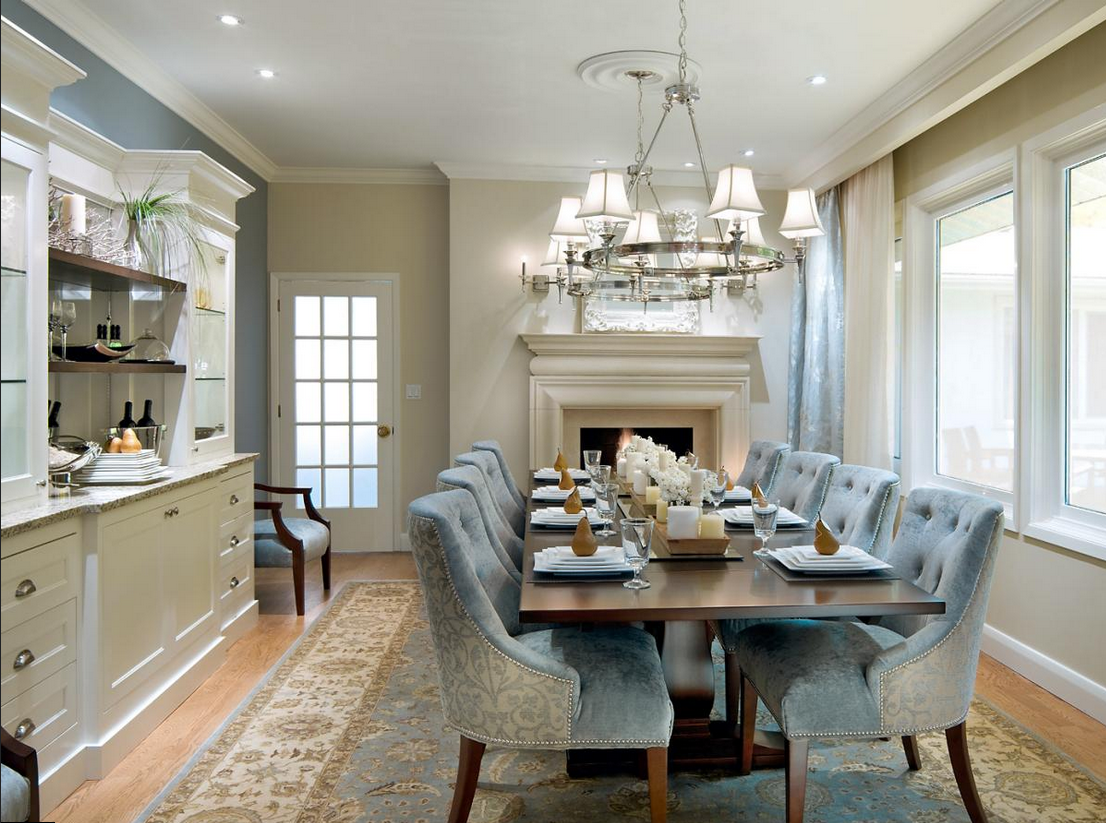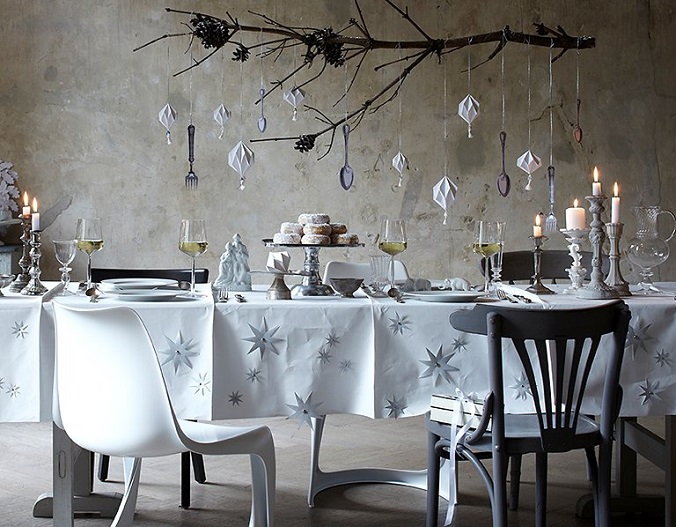Lighting greatly affects the mood of a person. To master the art of altering mood with lighting you have to remember a few basic principles. The hardness or softness of light effects the mood of any space dramatically. The more diffused the light is, the softer and smoother it will look. To remember this more easily, look at a shadow cast by the sun. On a bright sunny day, the shadow is dark and the edges are very sharp because the sun is a strong, intense light. We call this hard lighting. On an overcast day, the shadows have very little definition and are soft at the edges. This is because a huge diffusion layer of clouds covers the sun. We call this soft lighting.
Through the use of lighting patterns of varying levels of illumination, and of colour in the light source and in the illuminated object, it is possible to produce certain moods such as: solemnity, restfulness, gaiety, activity, warmth, and coolness. The lamps themselves can be used to dramatize elements of interior design—line, form, colour, pattern, and texture.
Higher levels of lighting generally produce cheerful effects and stimulate people to alertness and activity, whereas lower levels tend to create an atmosphere of relaxation, intimacy, and restfulness.
Depending on the mood you wish to create at various areas of your house, you can choose the combination of light quality and sources. For example, for the living room, bright and cheerful lighting is preferred, while in the bedroom, soft, relaxing lights are a good choice.
Similarly, for the study, it is advised to have sharp, white lighting arrangements, as the place requires concentration and attention.

Here’s a quick guide that you can follow while choosing lighting for your home or work areas:
Ambient lighting provides an area with overall illumination. Also known as general lighting, it radiates a comfortable level of brightness without glare and allows you to see and walk about safely. In some spaces such as laundry rooms, the ambient lighting also serves as the primary source of task lighting.
It can be accomplished with chandeliers, ceiling or wall-mounted fixtures, recessed or track lights and with lanterns mounted on the outside of the home. Having a central source of ambient light in all rooms is fundamental to a good lighting plan.
Task lighting helps you perform specific tasks, such as reading, grooming, preparing and cooking food, doing homework, working on hobbies, playing games and balancing your checkbook. It can be provided by recessed and track lighting, pendant lighting and under cabinet lighting, as well as by portable floor and desk lamps.
Task lighting should be free of distracting glare and shadows and should be bright enough to prevent eye strain.
Accent lighting adds drama to a room by creating visual interest. As part of an interior design scheme, it is used to draw the eye to houseplants, paintings, sculptures and other prized possessions. It can also be used to highlight the texture of a brick or stone wall, window treatments or outdoor landscaping.
To be effective, accent lighting requires as least three times as much light on the focal point as the general lighting surrounding it.Accent lighting is usually provided by recessed and track lighting or wall-mounted picture lights.


